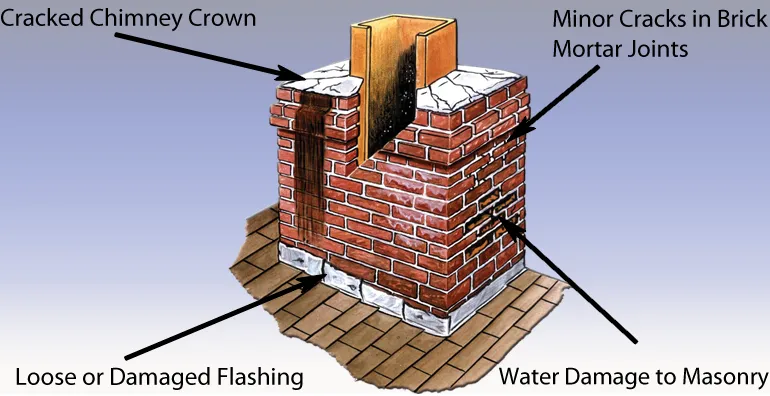Water intrusion testing is a critical process for assessing the integrity of a commercial building’s envelope, which includes the exterior walls, windows, doors, and roof. It involves simulating real-world weather conditions to identify potential vulnerabilities and points of water entry.
Here are some reasons why water intrusion testing is important for commercial buildings:
1. Preventing structural damage: Water intrusion can cause significant structural damage over time. Moisture penetration can deteriorate building materials, weaken structural components, and compromise the stability and integrity of the entire building. Regular water intrusion testing helps identify and address vulnerabilities before they lead to costly repairs or structural failures.
2. Protecting occupant health and safety: Water intrusion can lead to the growth of mold and mildew, which can negatively impact indoor air quality and pose health risks to occupants. Testing for water intrusion helps detect areas prone to moisture buildup, allowing for prompt remediation to maintain a healthy indoor environment.
3. Preserving building aesthetics: Water damage can have a detrimental effect on a building’s appearance. Stains, discoloration, peeling paint, and deteriorating finishes are common consequences of water intrusion. By identifying and addressing water entry points, regular testing helps preserve the aesthetic appeal and market value of a commercial property.
4. Energy efficiency: Water intrusion can affect the energy efficiency of a building by compromising insulation, causing drafts, and increasing the load on HVAC systems. By conducting water intrusion testing, potential sources of energy loss can be identified and rectified, leading to improved energy efficiency and reduced utility costs.
5. Compliance with building codes and regulations: Many building codes and regulations stipulate requirements for water resistance and prevention of water intrusion. By conducting water intrusion testing, building owners and managers can ensure compliance with these standards, avoiding potential legal and financial consequences.
6. Early detection of maintenance needs: Water intrusion testing allows for the identification of areas that require maintenance or repairs. Timely detection of issues such as deteriorating seals, faulty flashing, or damaged cladding enables proactive maintenance, reducing the likelihood of more extensive and expensive repairs in the future.
7. Long-term cost savings: While water intrusion testing incurs an upfront cost, it helps avoid more significant expenses associated with extensive water damage and subsequent repairs. Proactively addressing vulnerabilities identified through testing can prevent costly structural repairs, mold remediation, and other water-related damage, leading to long-term cost savings.
In summary, water intrusion testing plays a crucial role in protecting the structural integrity, occupant health, aesthetics, energy efficiency, and overall value of commercial buildings. By identifying vulnerabilities and addressing them proactively, building owners and managers can mitigate potential risks, ensure regulatory compliance, and maintain a safe and sustainable environment.
Please reach out to our trusted team to perform a water test on your building today!

